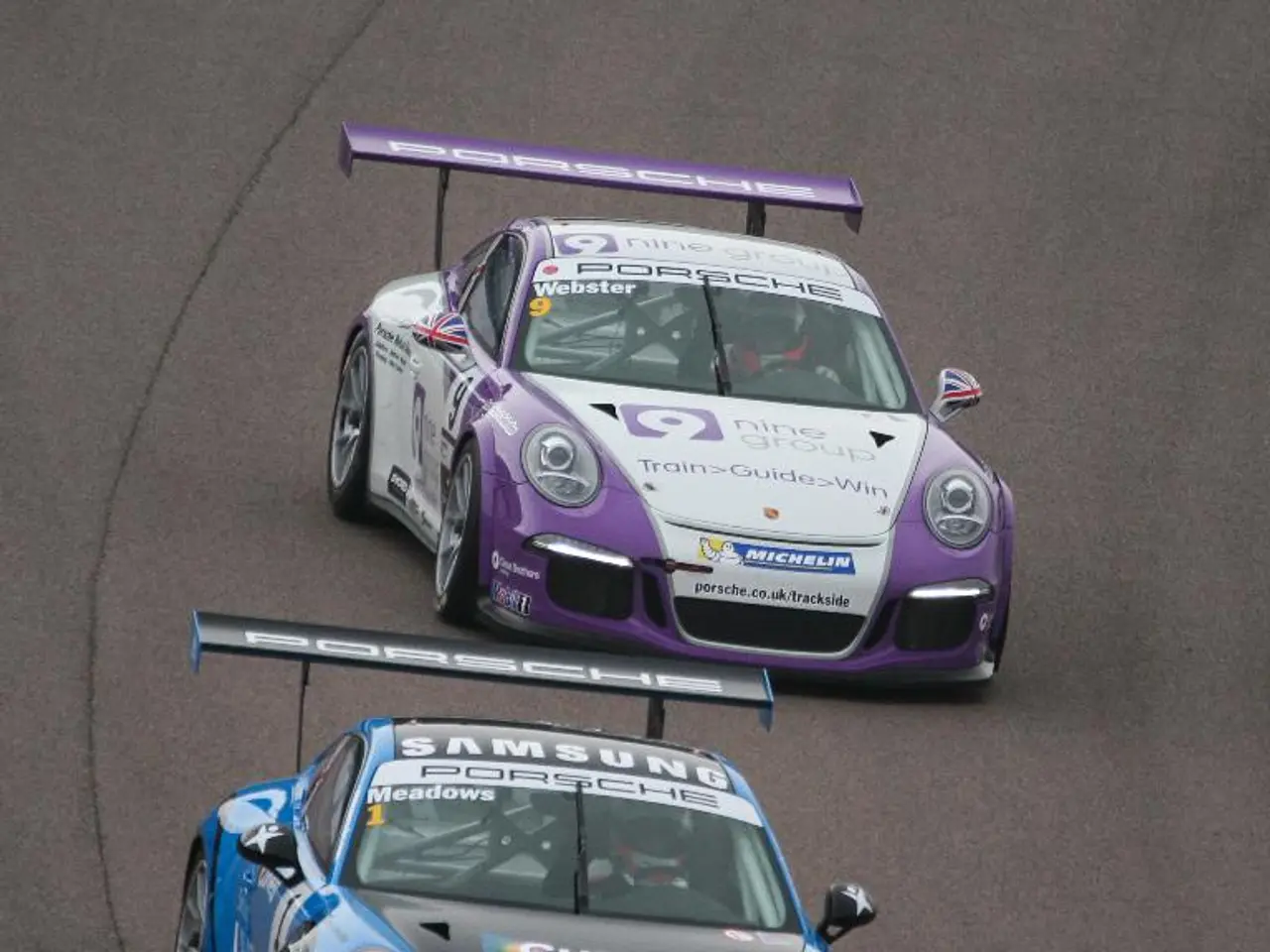Tesla Gains California Authorization for Establishing a Ride-Sharing Service Venture
Tesla Steps Closer to Autonomous Robotaxis in California and Austin
Tesla is making significant strides in its quest to deploy a fully autonomous robotaxi network, with California and Austin set to be the first locations for this groundbreaking technology.
The California Department of Motor Vehicles (DMV) is the government authority responsible for issuing permits for autonomous Tesla robotaxis in California. The agency grants licenses for testing and deploying fully autonomous vehicles on public roads.
Recently, the California Public Utilities Commission (CPUC) granted Tesla a transportation charter-party (TCP) carrier permit. This permit allows Tesla to operate company-owned vehicles with human drivers under specific conditions. However, it does not authorize Tesla to operate autonomous vehicles for commercial service.
Initially, Tesla will use the permit to transport its employees on a prearranged basis using Tesla-owned vehicles. This approach mirrors the strategies of other autonomous vehicle companies like Waymo, which initially operated with human safety drivers before transitioning to fully driverless services.
Tesla's long-term goal is to deploy a fully autonomous robotaxi network, starting in Austin this summer and in California later this year. The company has not yet applied for a Transportation Network Company (TNC) permit, which would be required for commercial operations.
Interestingly, Tesla's strategy differs from California's regulatory environment compared to Texas. In Texas, autonomous vehicles are treated similarly to traditional vehicles, potentially allowing Tesla to deploy robotaxis without extensive regulatory delays. Tesla has been in discussions with Austin city officials since mid-2024 to establish safety guidelines and train first responders ahead of a planned mid-2025 rollout in the city.
Tesla has indicated plans to transition to providing rides to the public in the future. However, regulatory approvals remain a hurdle, particularly in California. Tesla's application does not seek participation in CPUC's Autonomous Vehicle (AV) Passenger Programs, meaning the company is not yet approved to offer driverless rides.
California's regulatory environment presents challenges compared to Texas. Nevertheless, Tesla's steps towards autonomous robotaxis are a significant milestone in the development of self-driving technology. As the company continues to navigate regulatory hurdles, we can expect to see more progress in the coming months.
Read also:
- Understanding Hemorrhagic Gastroenteritis: Key Facts
- Trump's Policies: Tariffs, AI, Surveillance, and Possible Martial Law
- Expanded Community Health Involvement by CK Birla Hospitals, Jaipur, Maintained Through Consistent Outreach Programs Across Rajasthan
- Abdominal Fat Accumulation: Causes and Strategies for Reduction








